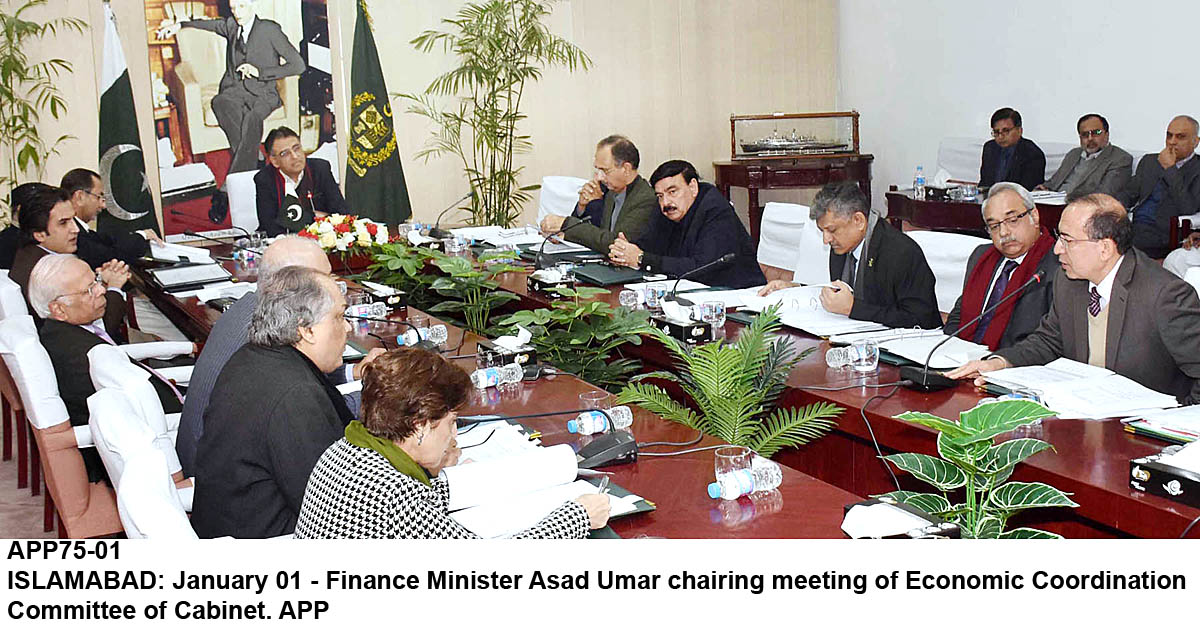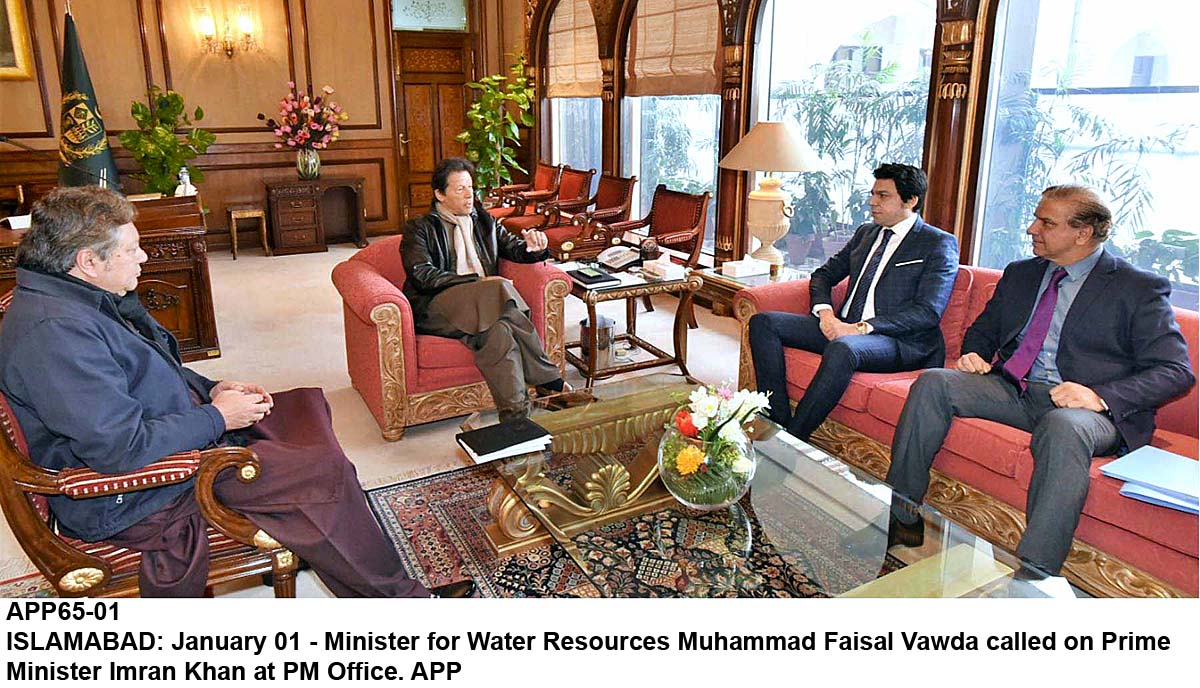According to a Pakistan Prosperity Report (PPR) launched on Friday in the aftermath of coronavirus (COVID-19) outbreak, the sentimental trend of low purchasing, fear of losing jobs and low returns on investments among the masses in the country prevailed while it will increase in coming months.
The report, launched by Policy Research Institute of Market Economy (PRIME), aimed to provide a monthly review of Pakistan’s macro-economy based on the analysis of four variables: Industrial Production, Trade volume, Price Levels, and Private Sector Lending.
The concept of PPR is intuitive – higher level of industrial output, increases in trade volumes, more lending to the private sector and an improvement in purchasing power of individuals are indicators of a strong economy, signalling prosperity of both firms and households.
The PPR covers time period from June 2019 to February 2020. The analysis reveals that economy’s prosperity has increased by 0.96 percent in February 2020 relative to January 2020 while experiencing an overall increase since June 2019. This increase in economic prosperity is largely attributable to a rise in purchasing power, a surge in long-term financing facility and an increase in trade volume between the two months. However, the output of large-scale manufacturing industries slightly declined between January and February 2020.
For February 2020, the month-on-month inflation rate and quantum index of LSMI decreased by 1 percent and 0.91 percent respectively. In contrast, the trade volume index and LTFF increased by 3.20 percent and 3.63 percent.
The report expects that amid the coronavirus pandemic, Pakistan’s trade volume will shrink as a result of the slowdown in global demand. The production of large-scale manufacturing industries is likely to contract due to partial lockdown which will adversely affect the trade volume. Meanwhile, inflation might increase due to decrease in domestic production and shortage of essential commodities.
On the other hand, commercial banks’ lending to private sector for long-term fixed investment might further increase with the hopes to stimulate construction and export-oriented sectors. With the recent amnesty scheme announced for the construction sector which is awarded the status of an industry now, it is expected that the banking credit will flow more into this sector at the expense of other sectors.
It said that although the incentive package is provided to save people from hunger and poverty in the wake of the coronavirus outbreak, it is more than likely to benefit the well-established builders and developers than the daily-wage workers. These incentives are expected to increase the demand and subsequently, the price of land. Moreover, at a time when demand across other industries particularly manufacturing is depressed, there will be a lot of productive businesses which would find it more lucrative to invest in construction than other sectors.











